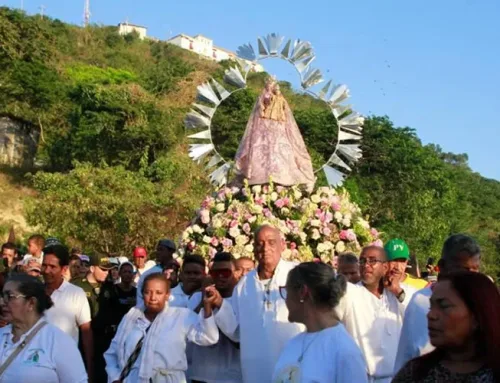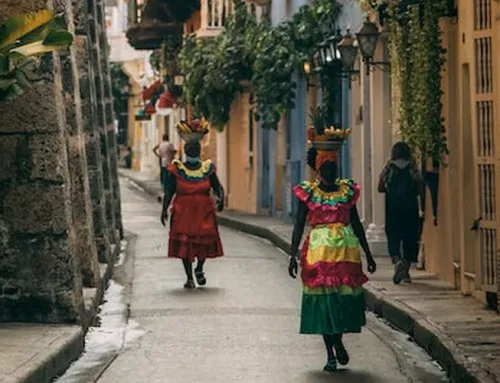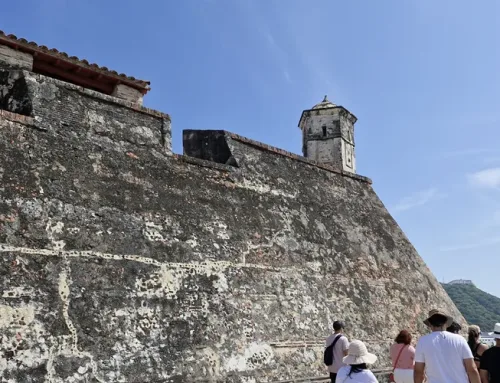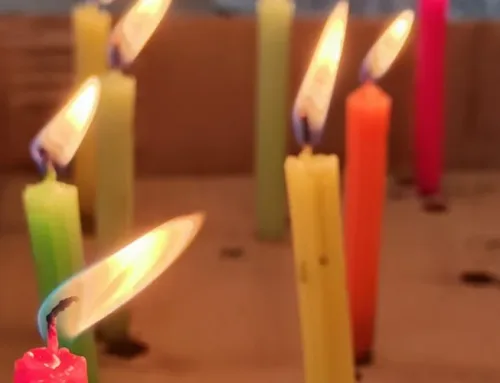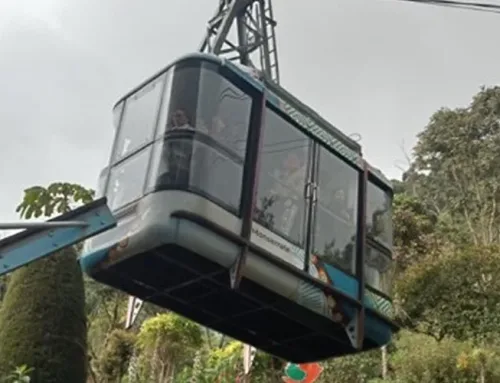Outfit, cool, pint, style: are some words that are used to define the set of clothing that we wear daily. Here in Colombia, as in the rest of the world, clothing is one of the means we use to express our feelings, our perception of the world and the way we want to be perceived.
However, there was a time when pint It also represented the social and economic status of its bearers within the city and region they inhabited: it is the well-known conquest and colony of Latin America.
During this time, certain materials and colors were symbols of the social and purchasing power you had. Take, for example, the case of the color purple. Having a purple garment, during the XNUMXth to XNUMXth centuries, was an exclusive privilege of the closets of high society, given that the materials necessary to achieve this shade were imported, very scarce and very difficult to obtain on the American continent.
Here in Colombia, more specifically in the city of Bogotá, we have a place intended for history lovers and interested in learning more about the customs and daily life of the colonial era. This is the Costume Museum. There, in addition to learning about our colonial and pre-republican history, you will have the opportunity to learn in depth about the social and economic life of this period, but through a very particular topic: clothing, outfits and typical costumes. of those years.
Where is the Museum of Colombian Costumes?
The Colombian Costume Museum is located in Bogotá, the country's capital. It is located in the historic center of the city, in the important neighborhood of La Candelaria, one block from the central square and very close to the main tourist destinations in Bogotá.
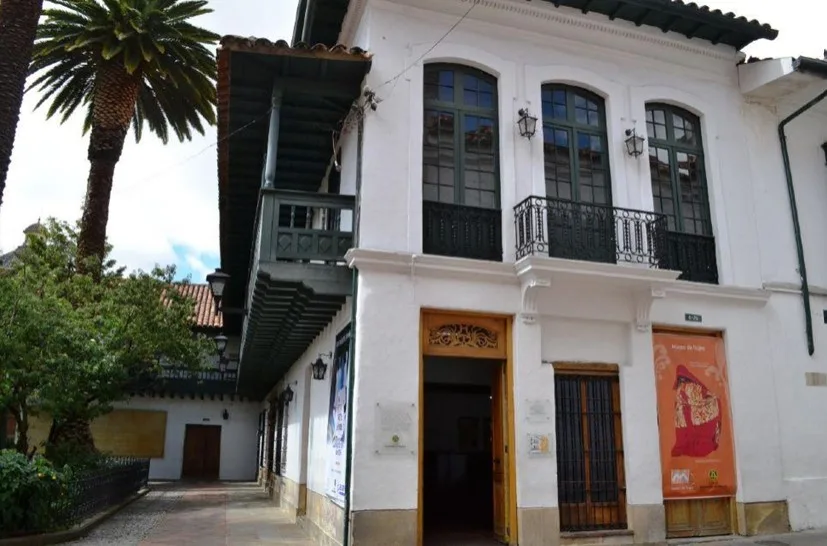
Spaniards, both men and women, tended to wear suits with sleeves, long dresses and accessories such as hats or capes, as well as shoes with heels. The styles of these suits could vary from French, English or Italian court suits, as was customary in colonial Europe.
On the other hand, the “lower” classes (indigenous, peasants and Africans) wore different suits that protected them from the different climates of the Colombian regions, although, at the same time, they took into account the work of the person. We will show you a recognized costume from the rural area of the country, Boyacá (department southwest of Bogotá, the capital)
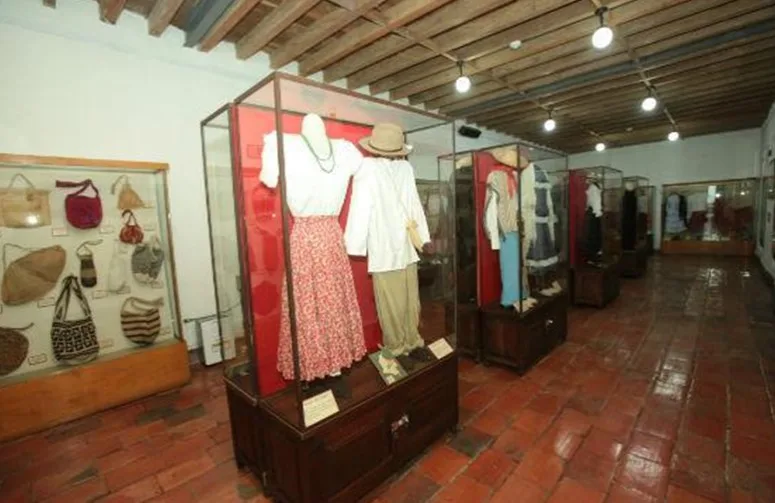
This suit has typical elements such as espadrilles. On women, a long black skirt is seen embroidered with colorful patterns of figures such as birds, flowers and/or plants. The shirt is completely white with some embroidery around the neck. As accessories we have a straw hat accompanied by some braids and a preferably black shawl. For men, accessories depend on their function, it can be a bag known as and, lastly, the ‘carriel’, or a machete, a long knife used to cut grass in the mountains.
Here you can see other costumes that you can find in this museum:
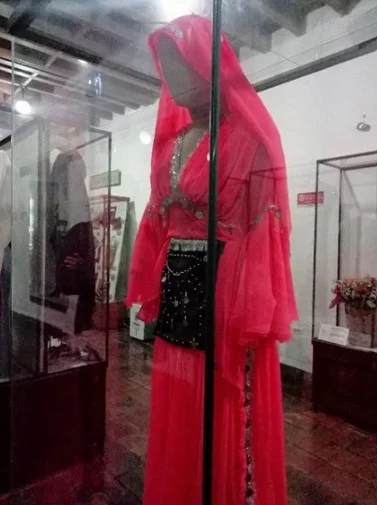
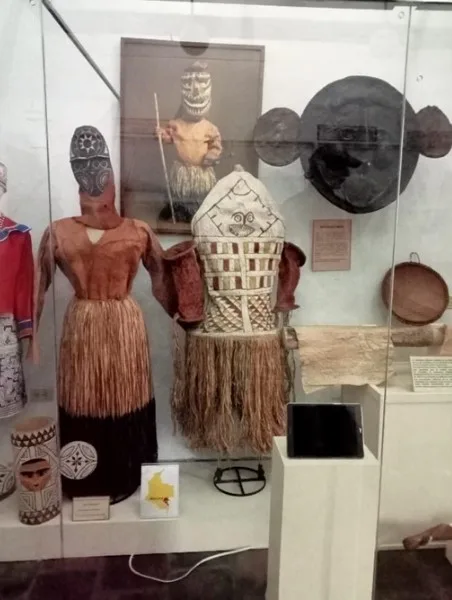
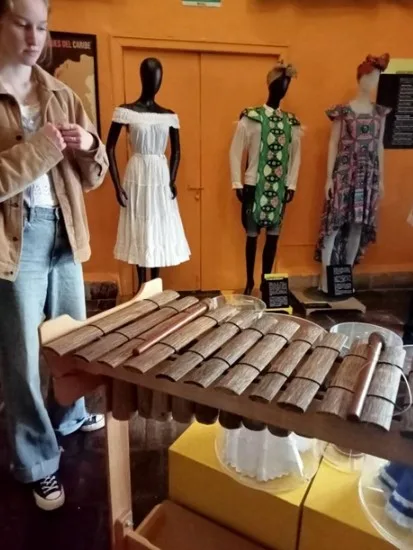
At school Nueva Lengua We integrate our Spanish courses with cultural activities such as historical tours and guided visits to museums in the main cities of Colombia. We have offices in Bogotá, Cartagena, Medellín and Ibagué, so you can travel around the country while you study Spanish with us.
Check the tourist plans and activities what we have for you, or write to info@nuevalengua.com for more information about our Spanish courses and cultural immersion in Colombia.
All the articles in this blog have been written by the teachers of our school and by students from different countries who traveled to Colombia to learn Spanish.
“You travel too and study Spanish in NUEVA LENGUA"
Follow us on our social networks:
RELATED VIDEOS
MEDELLÍN - GUADUAS

